#woodworking design
Text

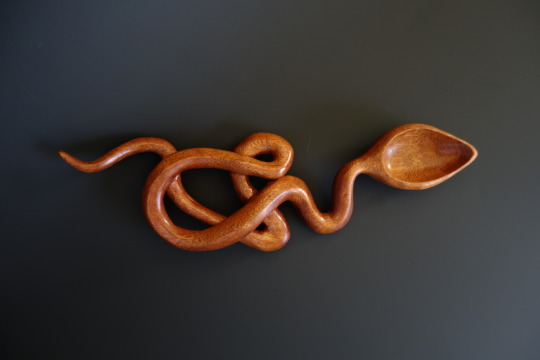
'Snake' wooden spoon carved in Sapele wood.
15K notes
·
View notes
Text
Mastering Advanced Woodworking Techniques
Woodworking is an art form that has been practiced for centuries, with its roots dating back to ancient civilizations. From building shelters to creating intricate furniture pieces, woodworking has evolved into a fine craft that requires skill, patience, and precision. While many enthusiasts may have some experience with basic woodworking techniques, mastering advanced techniques is crucial for those looking to take their craftsmanship to the next level. In this article, we will delve into the world of advanced woodworking techniques, exploring the various methods and skills that can elevate one's woodworking skills to a professional level. Whether you are a seasoned woodworker or just starting out, this guide will provide valuable insights and tips on how to master advanced woodworking techniques and create stunning, one-of-a-kind pieces that will stand the test of time. So, let's sharpen our tools, roll up our sleeves, and dive into the world of advanced woodworking techniques.
Precision cuts: achieving flawless edges
Achieving precise, flawless edges is a crucial aspect of mastering advanced woodworking techniques. It requires a combination of skill, patience, and the right tools to achieve the desired results. Whether you are working with wood, metal, or other materials, the ability to make precise cuts is essential for creating high-quality, professional-level pieces. In this article, we will delve into the importance of precision cuts and offer tips and tricks to help you achieve flawless edges in your woodworking projects. By mastering this fundamental aspect of woodworking, you will be able to take your craft to the next level and create truly exceptional pieces.
Joinery mastery: perfecting complex connections
In addition to achieving precise edges, mastering complex connections is another essential skill for advanced woodworkers. These connections, such as dovetail joints and mortise and tenon joints, require a high level of precision and attention to detail. One small mistake can affect the overall stability and strength of the piece. By perfecting these complex connections, woodworkers can elevate their craftsmanship and create truly impressive and durable pieces. In this article, we will discuss techniques and strategies for mastering these advanced woodworking techniques and taking your skills to the next level.
Advanced shaping techniques: sculpting intricately
Another crucial aspect of advanced woodworking is mastering the art of intricate sculpting. This involves using different tools and techniques to create intricate and detailed designs on wood surfaces. It requires a high level of precision and control, as well as a deep understanding of how different types of wood respond to various shaping methods. By mastering intricate sculpting, woodworkers can take their pieces to the next level and add unique, personalized touches that truly showcase their skill and creativity. This skill can also open up new opportunities for creating custom pieces and fulfilling more challenging and rewarding projects. With practice and patience, advanced woodworkers can become experts in sculpting and elevate their woodworking abilities to new heights.
Veneering secrets: creating stunning finishes
One of the key components of advanced woodworking is the art of veneering. Veneering allows woodworkers to create stunning finishes by applying thin layers of wood to a base material. This technique not only adds a beautiful aesthetic to the piece, but it also adds strength and durability. To achieve the best results with veneering, it's important to understand the different types of veneer, the proper techniques for applying and cutting veneer, and how to properly seal and finish the final product. With these veneering secrets in your repertoire, you can take your woodworking to the next level and create truly stunning pieces.
Mastering inlay and marquetry: Elevating craftsmanship
Another advanced woodworking technique that can take your craft to the next level is mastering inlay and marquetry. These techniques involve using small pieces of contrasting wood, metal, or other materials to create intricate designs on the surface of a piece. With precise cutting and fitting skills, as well as an eye for design, woodworkers can add a touch of elegance and sophistication to their pieces through inlay and marquetry. These techniques require patience and attention to detail, but the end result is a stunning piece that showcases advanced craftsmanship. By incorporating inlay and marquetry into your woodworking, you can elevate your skills and create truly unique and beautiful pieces.
Advanced router techniques: Enhancing versatility
Another advanced router technique that can greatly enhance the versatility of your woodworking skills is edge banding. This involves applying a thin strip of material, such as wood veneer or PVC, to the exposed edges of a piece of furniture, giving it a clean and finished look. This technique allows woodworkers to use less expensive materials for the main structure of a piece while still achieving a high-end appearance. It also opens up the possibility of incorporating different materials and textures into a design, giving the finished piece a more dynamic and visually interesting look. By mastering edge banding, woodworkers can take their creations to the next level and truly showcase their skills and creativity.
Fine furniture finishing: achieving showroom-quality
Achieving a showroom-quality finish on your fine furniture is the ultimate goal for any woodworker. It not only enhances the overall appearance of the piece, but it also adds value and longevity. To achieve this level of perfection, it is important to pay attention to every detail of the finishing process. From selecting the right materials to mastering the techniques, every step is crucial to creating a flawless finish. In addition to edge banding, other advanced techniques such as hand-rubbed finishes and French polishing can also elevate the look of your furniture to a professional level. With patience, practice, and attention to detail, you can achieve a showroom-quality finish that will make your furniture stand out as a masterpiece.
Carving mastery: creating intricate designs
Another important aspect of mastering advanced woodworking techniques is the ability to create intricate designs through carving. This skill requires patience, precision, and a steady hand to achieve the desired results. Whether it's adding decorative motifs to furniture pieces or creating stand-alone wood carvings, mastering this technique can elevate the overall aesthetic and value of your work. It takes practice and dedication, but with the right tools and techniques, you can achieve carving mastery and take your woodworking skills to the next level.
Advanced sanding techniques: achieving smoothness
Achieving a smooth finish on wood surfaces is a crucial aspect of advanced woodworking techniques. While sanding may seem like a simple task, there are specific techniques and tools that can help you achieve a flawless finish. The key is to start with a lower-grit sandpaper and gradually work your way up to a higher-grit sandpaper, as this will smooth out imperfections and create a polished surface. Additionally, using a sanding block or a power sander can help provide even pressure and prevent uneven sanding. Remember to always sand with the grain of the wood to avoid creating scratches or marks. With these advanced sanding techniques, you can achieve a professional level of smoothness on your woodworking projects.
Woodturning wizardry: sculpting exquisite forms
Another advanced woodworking technique to master is woodturning. Woodturning is the process of shaping and sculpting wood by rotating it on a lathe while using specialized tools. It requires precision, control, and a deep understanding of the wood's grain and characteristics. With woodturning, woodworkers can create intricate and unique forms, from bowls and vases to decorative objects and furniture components. By honing their woodturning skills, woodworkers can elevate their craft and produce truly exquisite pieces.
In summary, mastering advanced woodworking techniques requires dedication, patience, and a willingness to learn. By continually pushing yourself to try new techniques, you can expand your skills and become a true master in the art of woodworking. With the right tools and knowledge, you can create beautiful and intricate pieces that will stand the test of time. Keep practicing and honing your skills, and soon you will be able to take on any woodworking project with confidence and precision.
FAQ
What are some advanced woodworking techniques that can be used to create intricate designs and patterns in wood?
Some advanced woodworking techniques that can be used to create intricate designs and patterns in wood include marquetry, inlay, carving, and woodturning. Marquetry involves using thin pieces of wood veneer to create detailed and decorative designs on the surface of a larger piece of wood. An inlay refers to the process of cutting out a recess in the wood and fitting it with contrasting materials, such as metal or another type of wood, to create patterns and designs. Carving involves removing wood to create intricate shapes and designs, while woodturning involves shaping wood on a lathe to create symmetrical and detailed patterns.
How can one achieve a seamless and invisible joint when working with different types of wood?
Achieving a seamless and invisible joint when working with different types of wood requires careful planning and precise execution. One key aspect is to select woods with similar grain patterns and colors to ensure a harmonious blend. Proper measurement and cutting techniques, such as using a sharp blade and making accurate cuts, are essential. Additionally, ensuring a tight fit by using clamps or other joining methods, along with using appropriate adhesives, can help create a strong and invisible joint. Sanding and finishing the joint afterward will help to further conceal any visible seams and create a seamless appearance.
What are some effective methods for creating complex curved or angled shapes in wood?
Some effective methods for creating complex curved or angled shapes in wood include using a bandsaw or jigsaw to cut along the desired curve or angle, using a router with a template or jig to shape the wood, using a scroll saw for intricate cuts, and employing steam bending techniques to bend the wood to the desired shape. Additionally, using a combination of hand tools such as chisels, rasps, and files can help refine and shape the wood further.
What are some advanced finishing techniques that can be used to enhance the natural beauty of wood?
Some advanced finishing techniques that can enhance the natural beauty of wood include sanding to a finer grit, using wood dyes or stains to deepen or alter the color, applying multiple coats of clear finish to create depth and shine, using techniques like glazing or distressing to add visual interest, and applying a final coat of wax or polish to enhance the wood's natural luster. These techniques can bring out the grain patterns, highlight the natural color variations, and give the wood a smooth and polished appearance.
How can one master the art of wood carving and create intricate and detailed sculptures from a single piece of wood?
To master the art of wood carving and create intricate sculptures, one must first acquire the necessary tools and materials. Next, it is essential to practice and develop a good understanding of the different carving techniques, such as relief carving and chip carving. Learning from experienced woodcarvers through workshops or online tutorials can be immensely helpful. Patience, attention to detail, and a steady hand are crucial in achieving intricate and detailed sculptures. Beginning with simpler designs and gradually progressing to more complex ones can also aid in honing skills. Regular practice, experimentation, and a genuine passion for the craft are key to becoming a master woodcarver.
#woodworking#woodworking tools#woodworking techniques#woodworking techniques and tips#woodworking projects#woodworking tips#woodworking hacks#woodworking chisel techniques#woodworking project#advanced woodworking#woodworking diy#woodworking skill#fine woodworking#waste to a cool woodworking project.#woodworking ideas#woodworking design#woodworking passion#woodworking artistry#woodworking guide#woodworking skills#woodworking craftsmanship
0 notes
Text

The light-filled kitchen received the same attention to detail as the rest of the house. The staff quarters can be seen through the doorway.
The Los Angeles House: Decoration and Design in America's 20th-Century City, 1995
#vintage#vintage interior#interior design#home#architecture#home decor#style#1990s#kitchen#cast iron#stove#sunroom#subway tile#bungalow#craftsman#woodwork#California#Los Angeles
923 notes
·
View notes
Text









Old Chinese houses are an inexhaustible creative space in terms of wooden interiors. To me, something alike is associated with childhood memories of a countryside house in Zhejiang.
Photo: ©遗产君
#ancient china#chinese culture#chinese history#chinese architecture#ming dynasty#qing dynasty#old china#chinese customs#wooden architecture#wooden buildings#wooden interior#vintage interior#interiors#interior design#interior architecture#interior#interior decor#interior inspiration#woodworking#wood carving
678 notes
·
View notes
Text









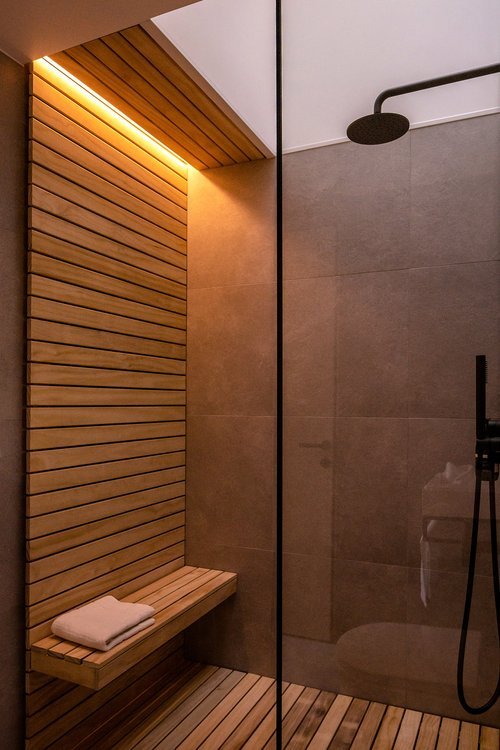

"Piil," Jägala Juga, Estonia,
Arsenit
#art#design#architecture#minimal#interior design#interiors#retreat#cabin#piil#estonia#jagala juga#arsenit#retrat#prefabricated#prefab#millwork#woodwork#woodworking#homedesign#homedecor
608 notes
·
View notes
Text

Build Your Own Modular ‘Birdies’ with ESNAF’s Magnetic Toy Kits
122 notes
·
View notes
Text











George Nakashima’s Arts Building and Cloister,
New Hope, Pennsylvania, United States,
The building embodies his profound understanding of nature, art, and spirituality.
Built between 1963 and 1967, these structures reflect Nakashima’s highest aspirations as a woodworker, architect, and artist.
#design#architecture#art#architects#iconic architecture#nature#interiors#minimalism#mid century modern#george nakashima#cloister#art building#woodworker#architect#pennsylvania#new hope
72 notes
·
View notes
Photo
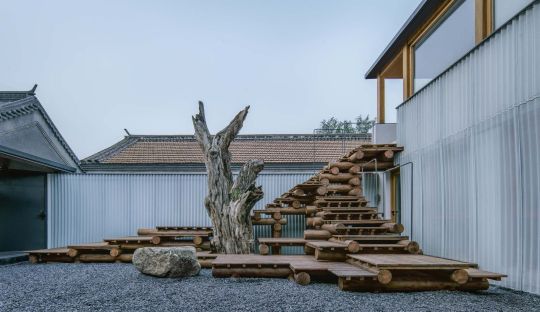



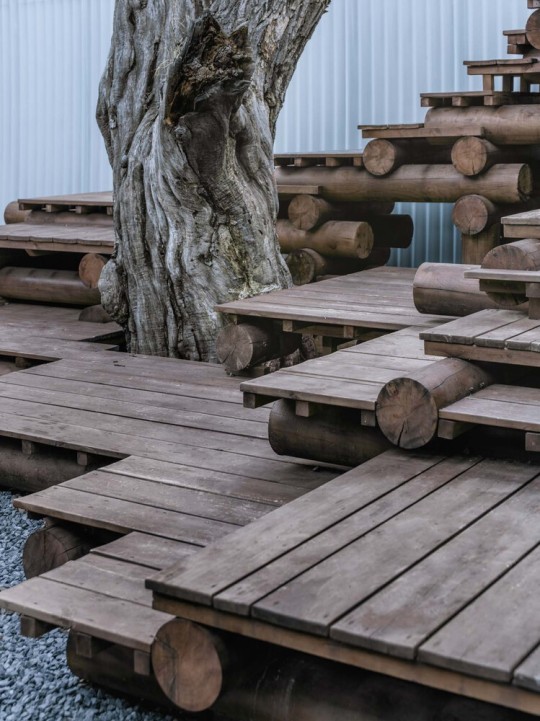


Harrierfall Hostel, Huairou, Beijing, China,
DL Atelier
#art#design#architecture#renovation#china#beijing#hostel#hotel#DL atelier#harrierfall#millwork#carpentry work#woodwork#stairway#stairwell#Staircases#sculpture#stairsdesign#B&B#reclaimed#hutong#factory#huairou#derelict
710 notes
·
View notes
Text

Wright & Son's very own animal handler, Seth!
Figured i'd post his ref sooner than the other characters because its pretty much the same as it used to be, just with small differences. (plus its so far the only character ref i've drawn) So here have this Guy
#Silver Lining#Seth Greer (SL)#shmorps art#Also in case you're wondering: the W on his bag and shirt in the doodle were a placeholder for the Wright & sons logo#Cause this was drawn before I designed the final logo for it#So on here it's just. W#Anyway yeah. goober. he tends to the infant scrap worms and helps build habitats for them.#I'd say he's also a woodworker here
63 notes
·
View notes
Text

Flashe on Wood// mars // 2024//GD.
#graphic design#art couleur#abstract#vinylique#woodworking#gille delhaye#design#articulations#color#minimal
71 notes
·
View notes
Text




'S-S-S-Spoon' ~ Wooden spoon carved in Lacewood. This was the first snake spoon I carved.
2K notes
·
View notes
Text






#winter wonderland#winter#forest#woodland#woodworking#woods#nature photography#trees#landscape#interior design#home design#design#architettura#architect#minimalism#minimalist living room#minimalistic#home business#home improvement#home decorating#homestuck#home#home decor#welcome home#home & lifestyle
31 notes
·
View notes
Text

This bathroom, complete with soaking tub, an abundance of natural woodwork, and a visible connection to the outdoors, reflects the owner's love for Japanese aesthetics.
The Not So Big House - A Blueprint for the Way We Really Live, 1998
#vintage#vintage interior#1990s#90s#interior design#home decor#bathroom#custom#woodwork#paneling#soaking tub#minimalist#Japanese#contemporary#modern#style#home#architecture
2K notes
·
View notes
Text

Replica Early Medieval Crossbow, Moffat Museum, Scotland
50 notes
·
View notes
Text
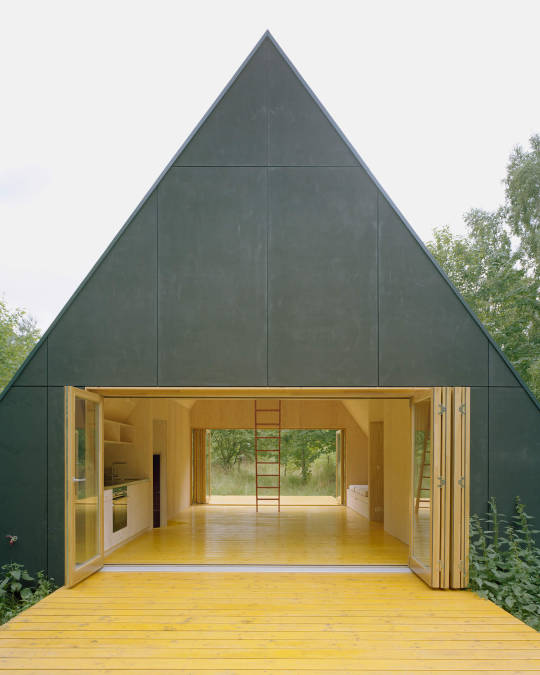
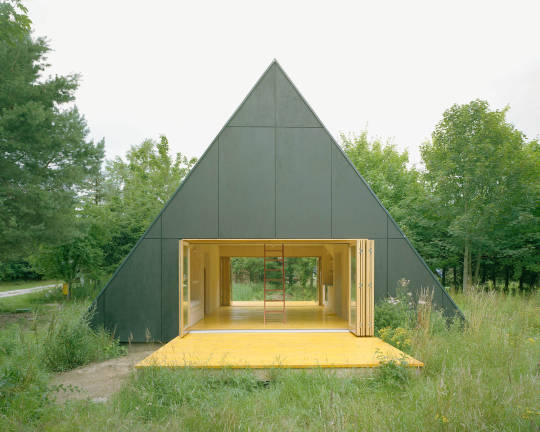



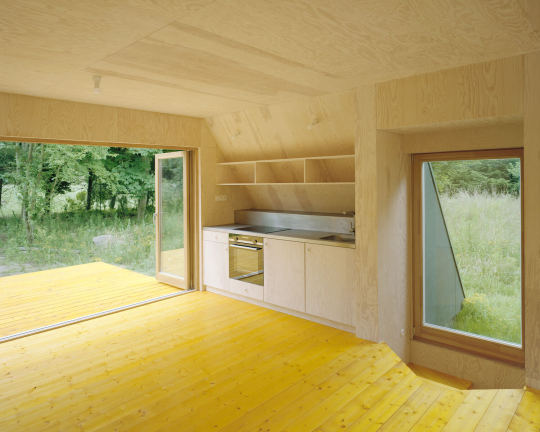



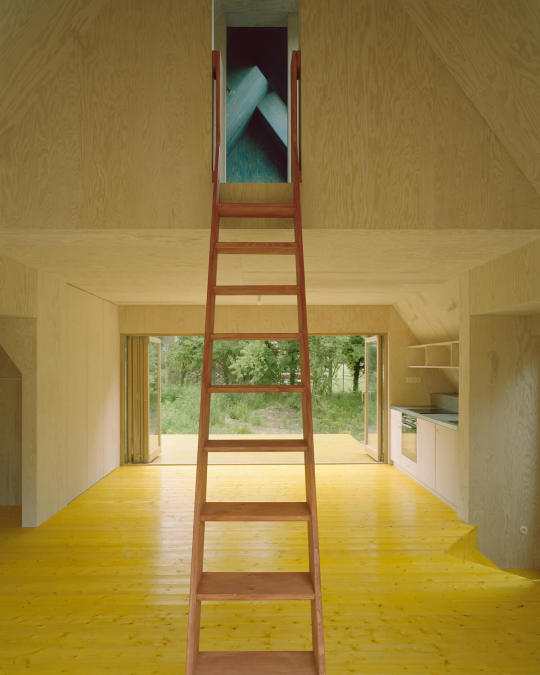



House Wolin, Poland,
Pankowska & Rohrhofer,
Interior design: Kasia Pankowska, Manuel Rohrhofer,
Photography: Rasmus Norlander
#art#design#architecture#minimal#interior design#minimalism#interiors#retreat#nature#cabin#poland#millwork#woodwork#pankowska & rohrhofer#kasia pankowska#manuel rohrhofer#rasmus norlander
461 notes
·
View notes
Text

IG atlantahomesmagazine - Atlanta, Georgia
#dining room#wood ceiling#geometric#built in China cabinet#white woodwork#wicker#sun room#morning room#interior design
50 notes
·
View notes